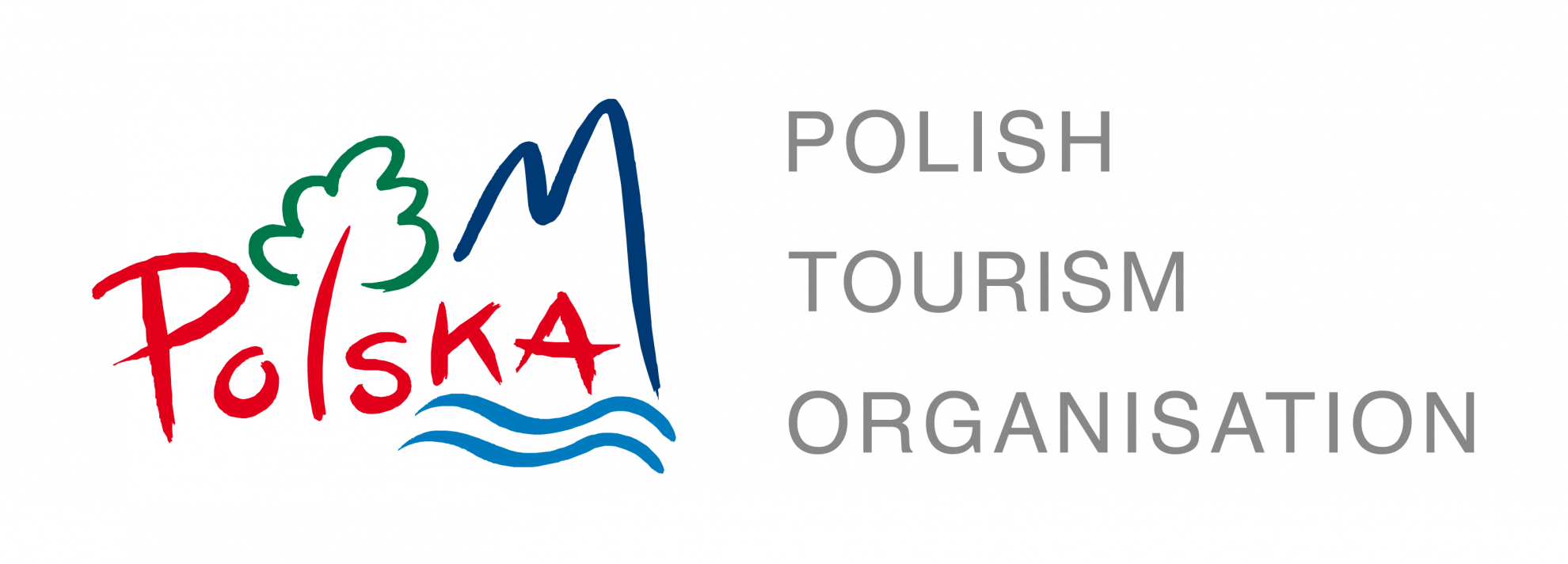From the autumn of 1939 till autumn 1942 there was a complex of prisoner-of-war Nazi camps in Zagan and its neighbourhood. The camp known as Stalag VIIIC was the biggest camp in the 8th Military Divison of Nazi Germany's Wehrmacht.
From the autumn of 1939 till autumn 1942 there was a complex of prisoner-of-war Nazi camps in Zagan and its neighbourhood. The camp known as Stalag VIIIC including its branches was the biggest camp in the 8th Military Divison of Nazi Germany's Wehrmacht. Among its prisoners were: French, Russian, Belgian, Italian, Yugosloavian and Polish war prisoners. In May 1942 Stalag Luft III, a prisoner-of-war camp for the British and American airmen, was opened in the neighbourhood of Stalag VI-IIC. The prisoners of this camp attempted to escape. The greatest flight happened at night on March 24/25, 1944. However, only three prisoners managed to escape and the remaining 73 were captured. As soon as Hitler got to know about it, he had a briefing with Keitel, Himmler and Goering. A decision was madê to shoot the fifty fugitives captured. The epilogue of the "great runaway" took place before the British Military Court of Justice in Hamburg in 1947, Fourteen of the accused were sentenced to death, whereas the remaining four were sentenced to imprisonment of many years. In front of the museum there is a sculpture from 1961 by Mieczysław Walter which commemorates the victims of crimes by German Nazi Wehrmacht soldiers.


 位置图:
位置图:





